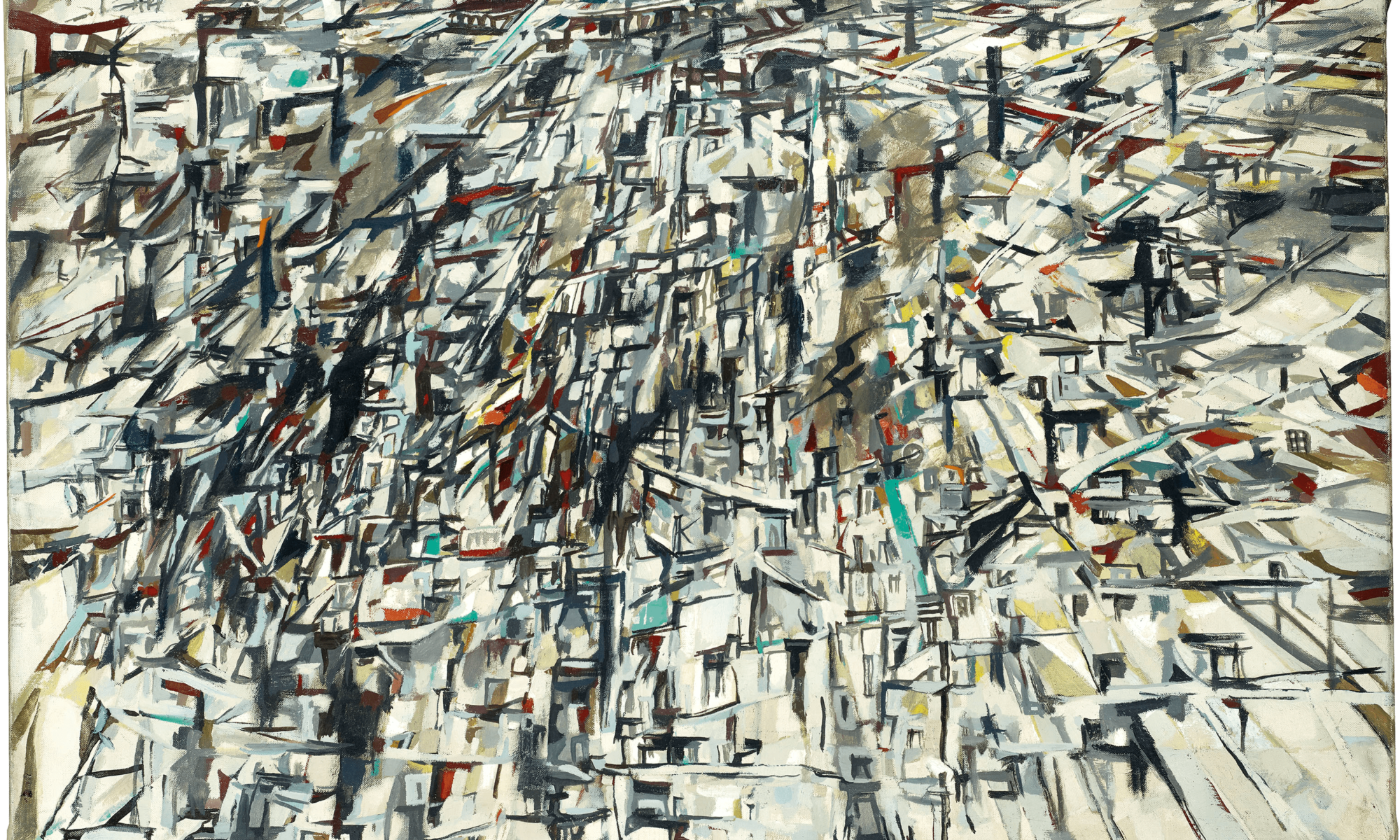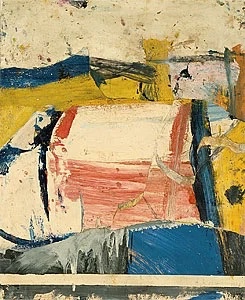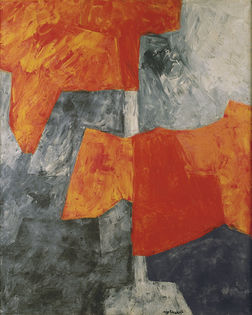I quite like ‘isms’. Got a new one today reading John Berger’s essay on Jackson Pollock (See also this post on Pollock):
Pollock was highly talented. Some may be surprised by this. We have seen the consequences of Pollock’s now famous innovations – thousands of Tachiste and Action canvases crudely and arbitrarily covered and ‘attacked’ with paint.
Berger, John (2014-09-07T22:58:59). Selected Essays of John Berger . Bloomsbury Publishing. Kindle Edition.
There it is: Tachiste.
From Wikipedia, the free encyclopedia
Tachisme (alternative spelling: Tachism, derived from the French word tache, stain) is a French style of abstract painting popular in the 1940s and 1950s. The term is said to have been first used with regards to the movement in 1951.[1] It is often considered to be the European equivalent to abstract expressionism,[2] although there are stylistic differences (American abstract expressionism tended to be more “aggressively raw” than tachisme).[1] It was part of a larger postwar movement known as Art Informel (or Informel),[3] which abandoned geometric abstraction in favour of a more intuitive form of expression, similar to action painting. Another name for Tachism is Abstraction lyrique (related to American Lyrical Abstraction). COBRA is also related to Tachisme, as is Japan’s Gutai group.
There is a long list of painers on Wikipedia — and I cherry picked a few images. The feature image above is “The Sprawling City is an Abstract Expressionist oil on canvas painting created by Maria Helena Vieira da Silva in 1954. The image is used according to educational fair use, and tagged abstract art. Source”
“Tachisme was a reaction to Cubism and is characterized by spontaneous brushwork, drips and blobs of paint straight from the tube, and sometimes scribbling reminiscent of calligraphy.” From Alchetron





